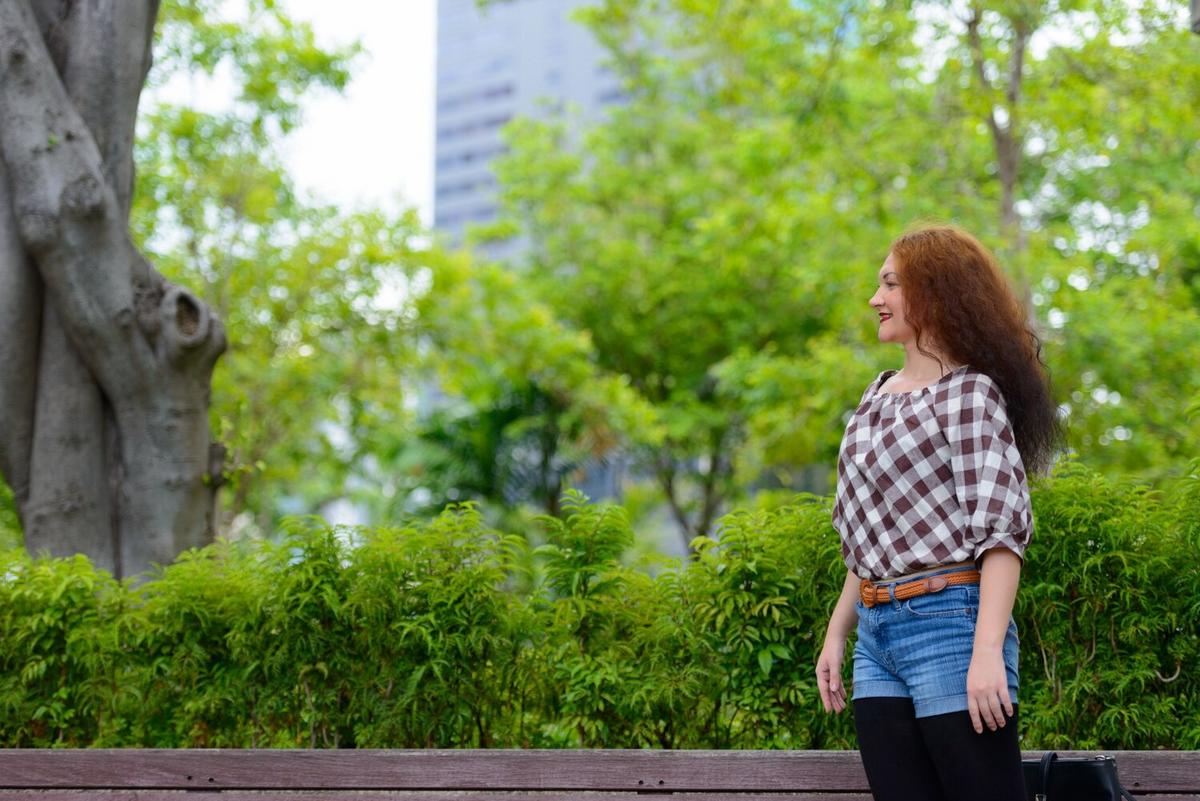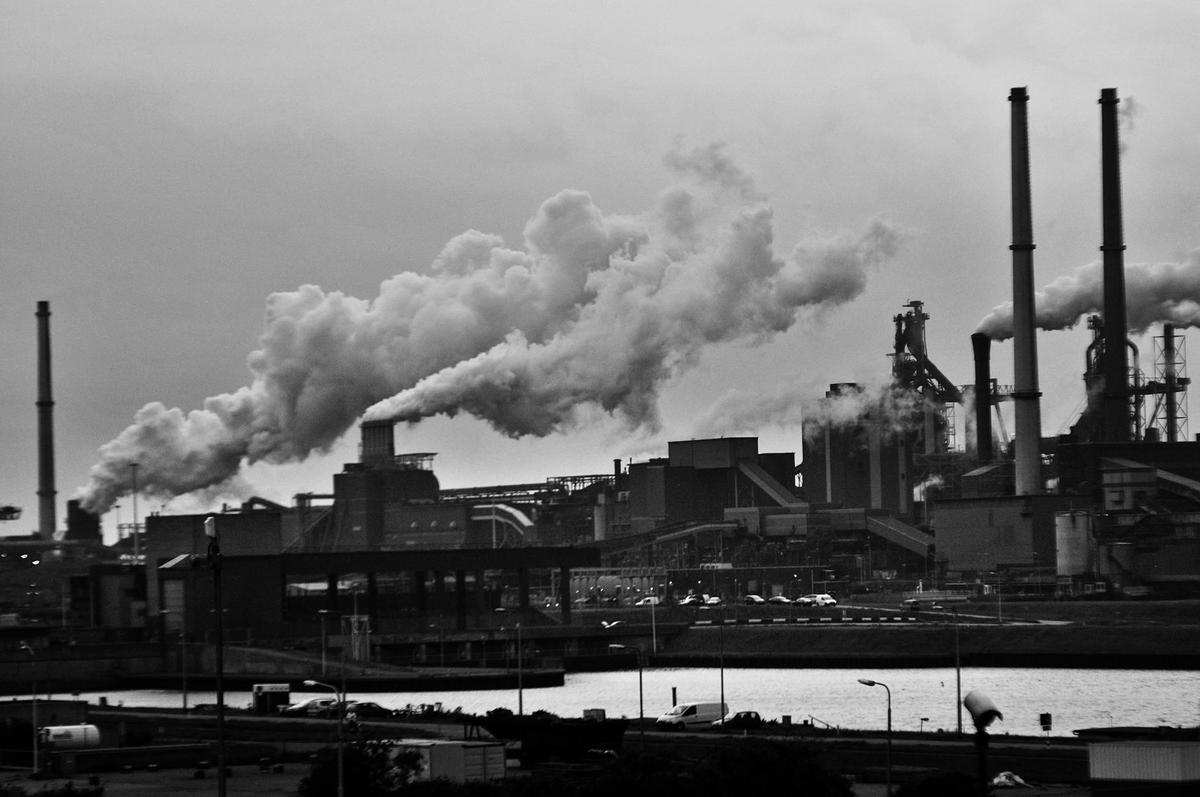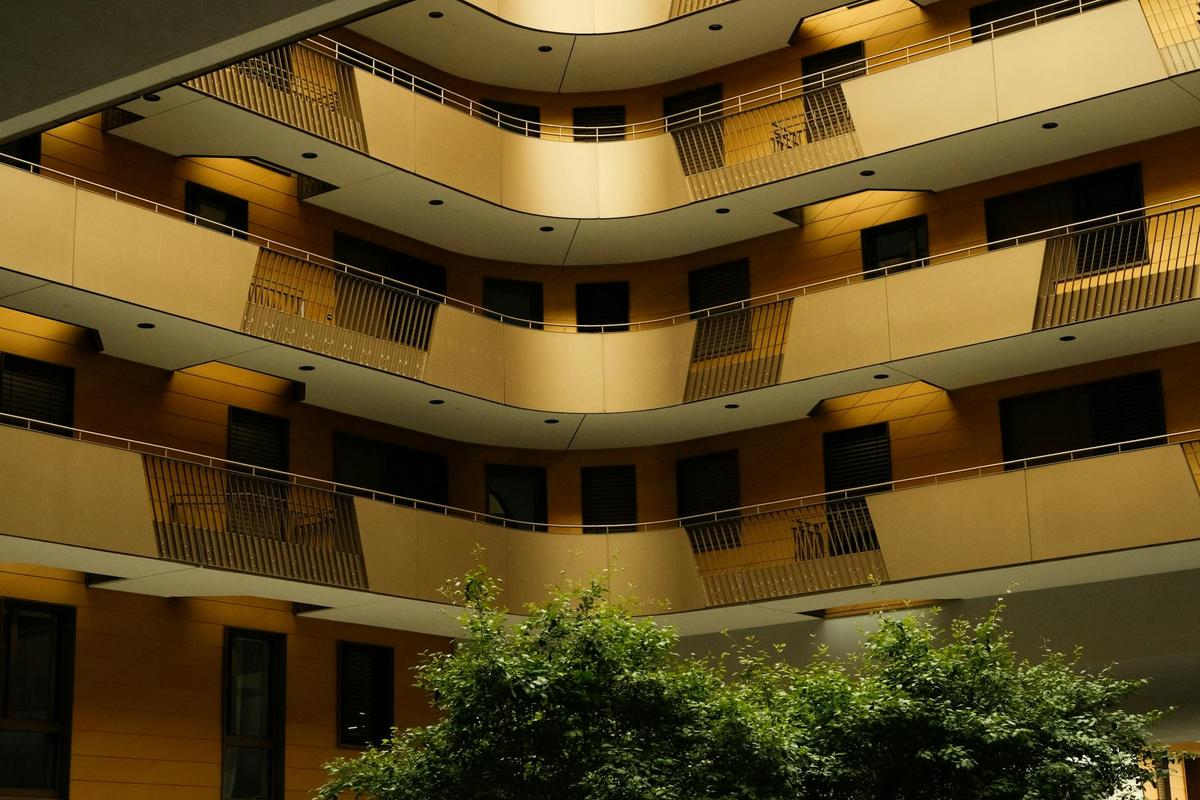
The Benefits of Urban Reforestation and Green Spaces
Urban areas, often characterized by concrete landscapes, can greatly benefit from the infusion of green spaces and reforestation. As cities grow, integrating nature into urban planning becomes essential, offering numerous advantages for both the environment and the community.
The Importance of Urban Reforestation
Urban reforestation refers to the deliberate planting and nurturing of trees in city environments. According to the World Economic Forum, urban trees can reduce air pollution by up to 25%, significantly improving air quality. This is not just a boon for the environment but also for public health, as cleaner air reduces respiratory issues among city dwellers.
Environmental Benefits
Trees play a crucial role in urban settings by sequestering carbon dioxide, thus helping mitigate climate change. A study published in the journal Environmental Pollution highlights that urban trees in the United States alone sequester around 770 million tons of carbon each year. Furthermore, green spaces help in reducing the urban heat island effect, where city areas become significantly warmer than their rural surroundings due to human activities.
Enhancing Community Well-being
Green spaces contribute to the mental and physical well-being of urban populations. Walking in parks or engaging in outdoor activities has been shown to reduce stress and improve mental health. For instance, a report by the American Psychological Association notes that individuals living near green spaces exhibit lower levels of anxiety and depression.
Economic Impacts
Reforestation and green spaces can also boost local economies. Property values tend to rise in areas with abundant greenery, and businesses often see increased customer traffic in scenic, green-rich areas. Moreover, urban forestry can create jobs in tree planting and maintenance.
Actionable Steps for Urban Reforestation
- Encourage local governments to invest in green infrastructure.
- Participate in community tree planting events.
- Support policies that promote urban biodiversity.
- Advocate for green rooftops and vertical gardens.
Real-Life Example: Curitiba, Brazil
Curitiba is a city renowned for its commitment to urban reforestation and sustainable development. With over 50 square meters of green space per person, Curitiba serves as a model for cities worldwide. The city’s efforts have resulted in reduced pollution and enhanced quality of life for its residents.
Comparison Table: Urban Reforestation vs. Lack of Green Spaces
| Aspect | Urban Reforestation | Lack of Green Spaces |
|---|---|---|
| Air Quality | Improved | Poor |
| Temperature Regulation | Reduced Heat | Increased Heat |
| Property Values | Higher | Lower |
| Mental Health | Better | Worse |
| Community Well-being | Enhanced | Decreased |
| Economic Growth | Boosted | Stagnant |
| Carbon Sequestration | Increased | None |
| Job Creation | More Opportunities | Limited |
Pro Tip:
Get involved with local environmental groups or start a community initiative focused on planting and maintaining urban green spaces. Small actions can lead to significant changes over time!
Frequently Asked Questions
How do green spaces improve urban life?
Green spaces reduce pollution, enhance mental health, and promote biodiversity, making cities more livable.
Can urban reforestation help with climate change?
Yes, trees absorb carbon dioxide, helping to mitigate the effects of climate change.
What role do communities play in urban reforestation?
Communities can support reforestation efforts by participating in tree planting events and advocating for more green spaces.
Conclusion
Integrating green spaces into urban environments offers a plethora of benefits, from improving air quality and reducing heat to enhancing mental health and boosting the economy. By taking actionable steps and encouraging community involvement, cities can transform into greener, healthier spaces for everyone. Consider advocating for and participating in urban reforestation initiatives in your area to contribute to a sustainable future.


